
Looking to enhance your flexibility and enjoy the freedom of movement? Look no further!
In this article, we'll introduce you to the top 10 essential stretches that will help you achieve your flexibility goals. From the hamstring stretch to the groin stretch, we'll guide you through each technique, ensuring you're well-informed and organized in your stretching routine.
Get ready to unlock your body's full potential and experience the joy of a flexible, liberated lifestyle.
Let's dive in!
Hamstring Stretch
You can improve your flexibility by incorporating the hamstring stretch into your workout routine. Hamstring flexibility is crucial for various activities, such as running, jumping, and even everyday movements like bending and reaching. By stretching your hamstrings regularly, you can prevent hamstring injuries and enhance your overall athletic performance.
The hamstring stretch specifically targets the muscles at the back of your thighs, helping to lengthen and loosen them. To perform this stretch, simply sit on the ground with your legs extended in front of you, then gently lean forward, reaching towards your toes. Hold the stretch for 20-30 seconds, feeling the tension in your hamstrings. Remember to breathe deeply and avoid bouncing or jerking movements.
Incorporating the hamstring stretch into your routine won't only improve your flexibility but also reduce the risk of hamstring injuries. So, make sure to give it a try and enjoy the benefits of increased hamstring flexibility.
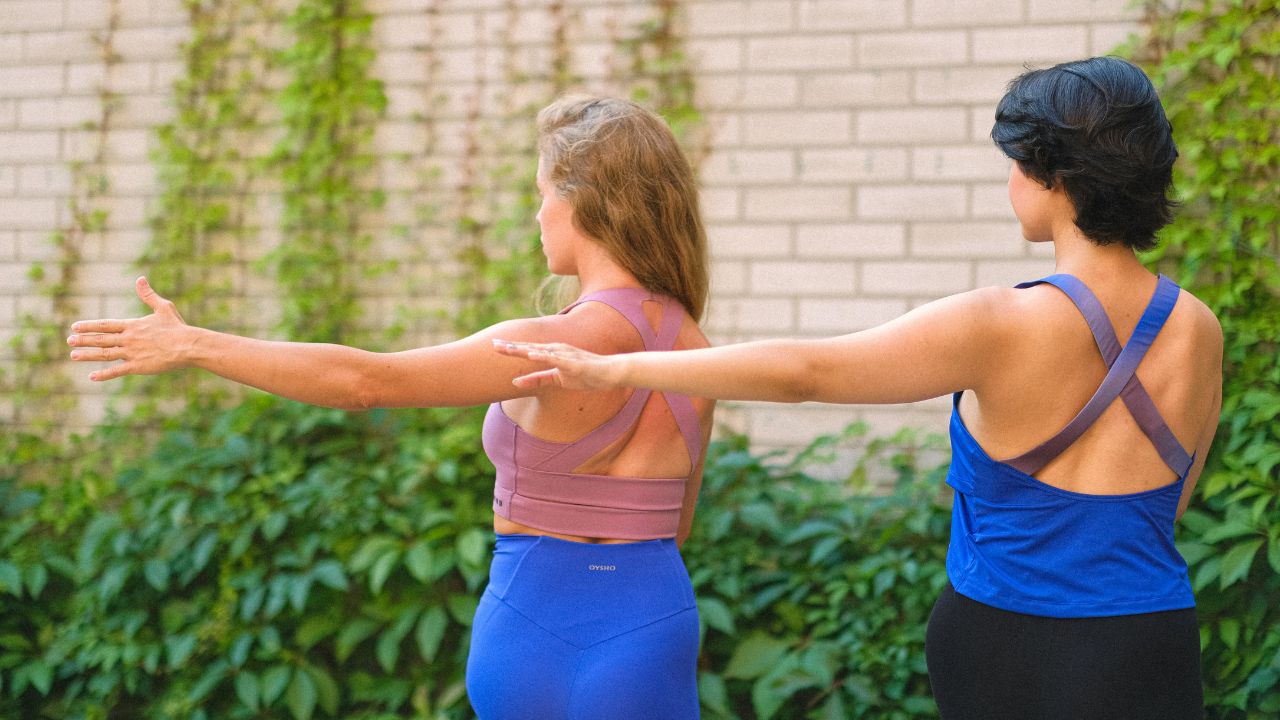
Hip Flexor Stretch
To enhance your flexibility, try incorporating the hip flexor stretch into your routine. This stretch targets the muscles in the front of your hip, helping to improve your hip mobility and relieve any tightness or discomfort in that area.
Here are some key benefits and exercises to help you get started:
Benefits of hip flexor stretch:
Increases hip flexibility and range of motion
Reduces hip flexor pain and tightness
Improves posture and alignment
Hip flexor exercises:
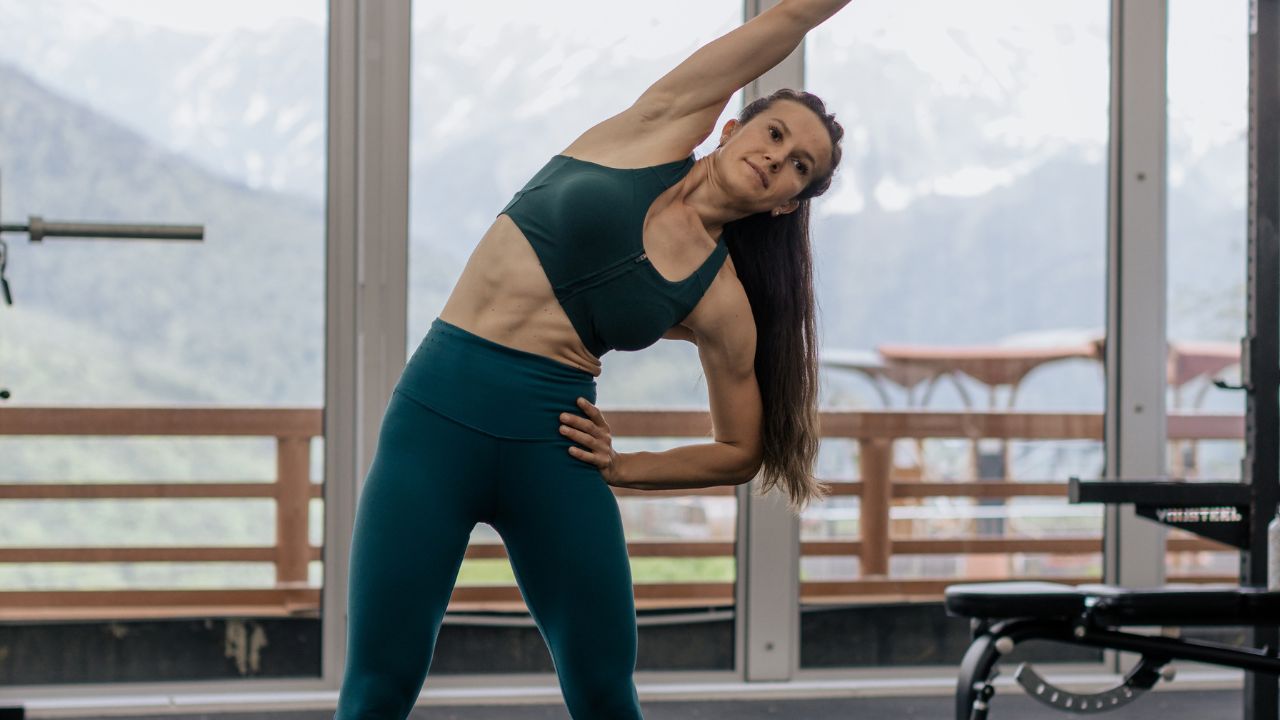
Kneeling hip flexor stretch: Start in a lunge position with one knee on the ground. Lean forward until you feel a stretch in the front of your hip. Hold for 30 seconds and repeat on the other side.
Standing hip flexor stretch: Stand tall with one foot forward and the other foot back. Lean forward, keeping your back straight, until you feel a stretch in the front of your hip. Hold for 30 seconds and switch sides.
Incorporating these hip flexor exercises into your routine will help increase your flexibility and provide relief from any hip flexor pain or tightness you may be experiencing.
Quadriceps Stretch
The quadriceps stretch is an important exercise for enhancing your flexibility and preventing muscle tightness in the front of your thighs. When performing this stretch, it's crucial to maintain proper form to maximize its benefits.
Start by standing tall with your feet hip-width apart. Bend your right knee and bring your right foot towards your glutes, grabbing onto your ankle or foot with your right hand. Keep your knees close together and your upper body upright.
Gently pull your foot towards your glutes until you feel a stretch in the front of your thigh. Hold this position for 20-30 seconds and repeat on the other side. Avoid common mistakes such as leaning forward or arching your lower back.
Calf Stretch
Stand with your feet shoulder-width apart and feel the stretch in your calves as you gently lean forward. The calf stretch is an essential exercise for improving calf flexibility and enhancing your overall flexibility. Here are two effective stretching techniques to help you achieve greater calf flexibility:
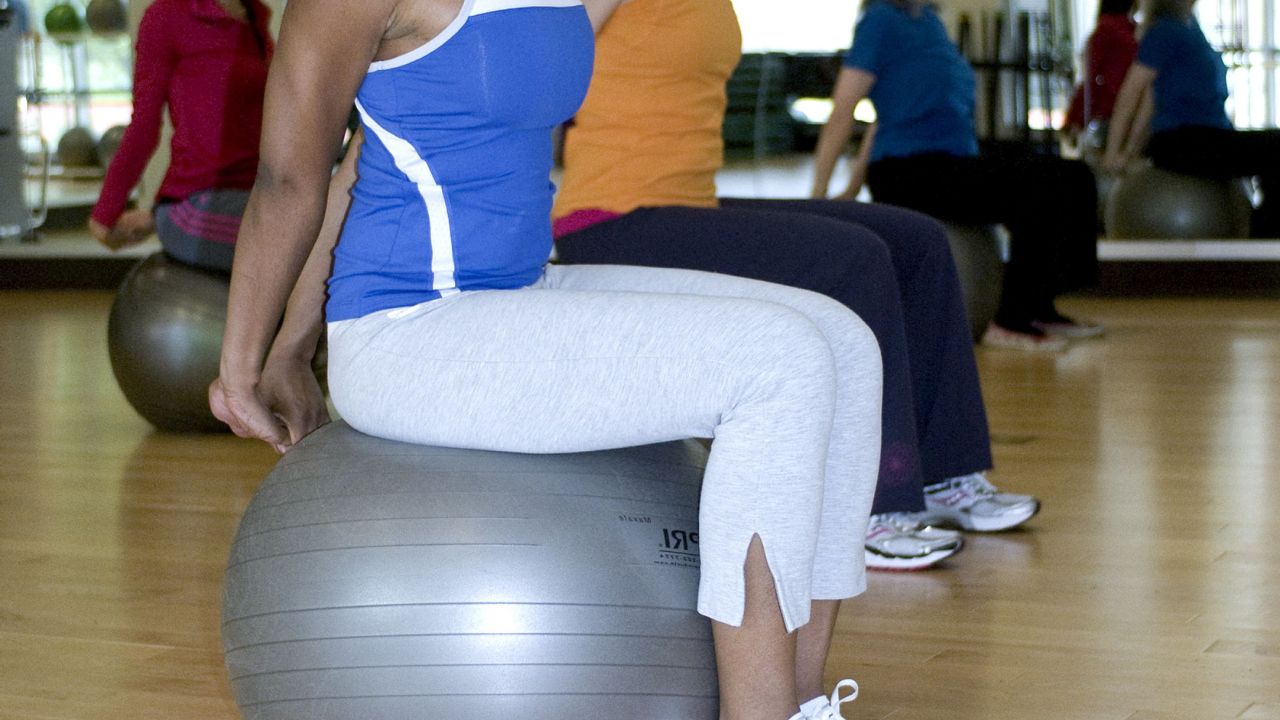
Standing Calf Stretch:
Stand facing a wall with your hands on the wall for support.
Step one foot back, keeping it straight and heel on the ground.
Lean forward, feeling the stretch in your calf.
Hold for 20-30 seconds and repeat with the other leg.
Seated Calf Stretch:
Sit on the ground with your legs extended in front of you.
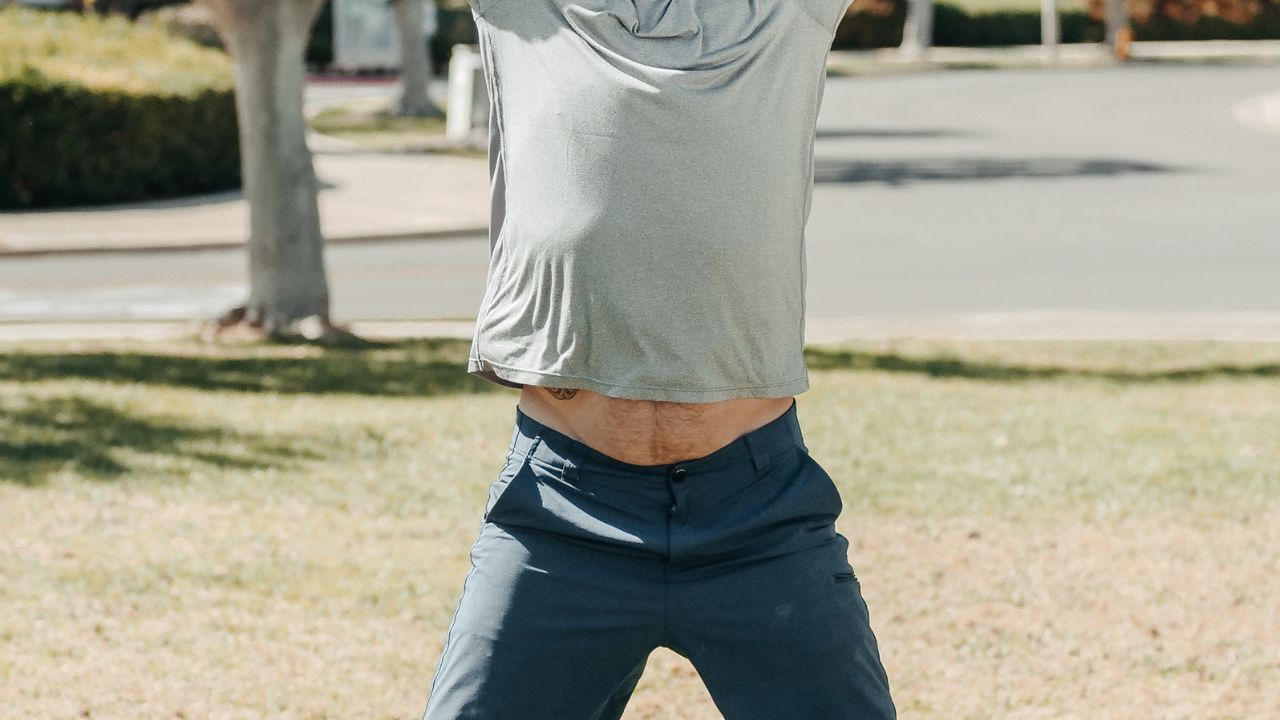
Loop a towel or resistance band around the ball of one foot.
Gently pull the towel/band towards you, feeling the stretch in your calf.
Hold for 20-30 seconds and switch to the other leg.
Incorporating these stretching techniques into your routine will improve your calf flexibility and contribute to your overall freedom of movement.
Chest Stretch
To enhance your flexibility and improve your upper body posture, incorporating chest stretches into your routine is essential.
Chest stretches effectively open up your chest, helping to counteract the hunching forward that often occurs from sitting or working at a desk all day.
Effective Chest Opening
When you want to improve your flexibility, it's important to incorporate effective chest opening stretches into your routine. These stretches not only help to increase your range of motion, but they also promote better posture and relieve tension in the upper body.
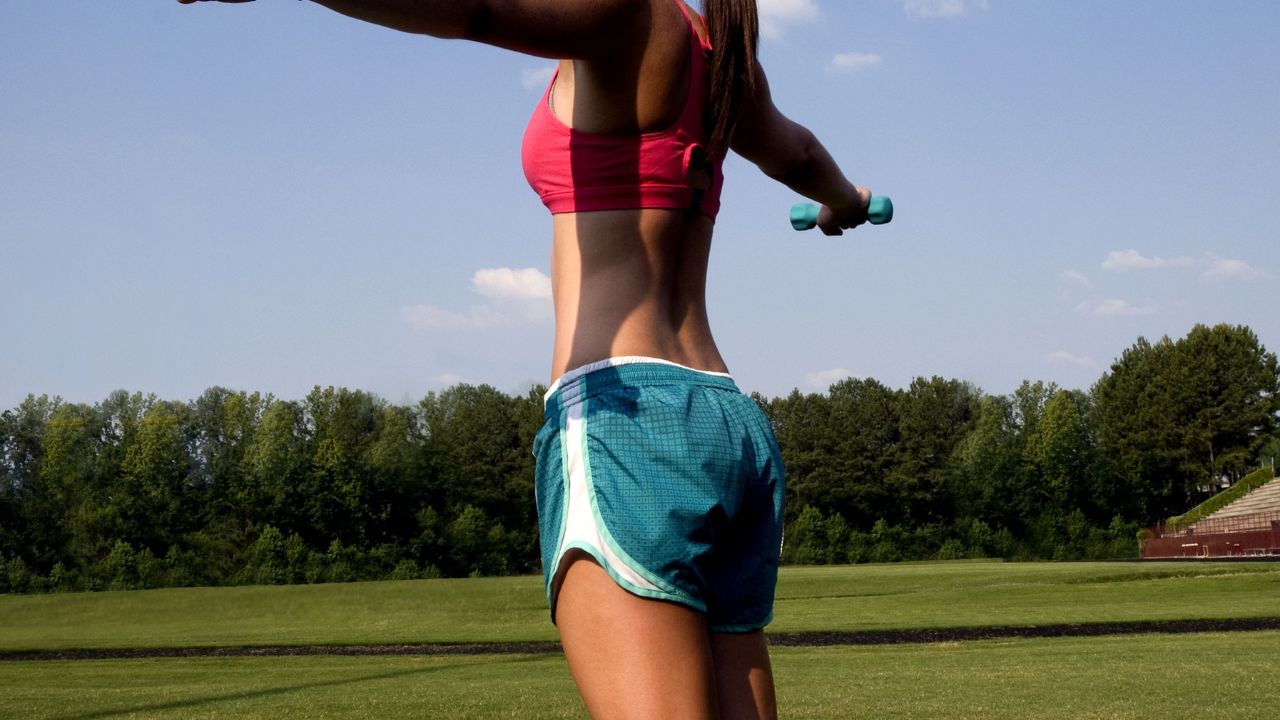
Here are two yoga poses that are particularly effective for opening the chest:
Camel Pose: This pose involves kneeling on the floor, arching your back, and reaching your hands back to touch your heels. It stretches the entire front of the body, including the chest, while also strengthening the back muscles.
Cow-Face Pose: In this pose, you bring one arm behind your back and the other arm overhead, attempting to clasp your hands together. This stretch targets the shoulders, chest, and upper arms, helping to release tightness and improve flexibility in these areas.
Incorporating these chest opening stretches into your routine will help you achieve a greater sense of freedom and mobility in your upper body.
Improved Upper Body Posture
You can achieve improved upper body posture by incorporating a chest stretch into your routine. Good posture not only makes you look taller and more confident, but it also helps prevent muscle imbalances and reduces the risk of injury.
To achieve better upper body posture, it's important to strengthen the muscles that support your spine and shoulders while also improving flexibility in the chest and upper back. Posture correction exercises can help you achieve this.
One effective exercise for improved flexibility in the upper body is the chest stretch. To perform this stretch, stand with your feet shoulder-width apart, clasp your hands behind your back, and gently lift your arms up and away from your body, feeling a stretch in your chest and shoulders.
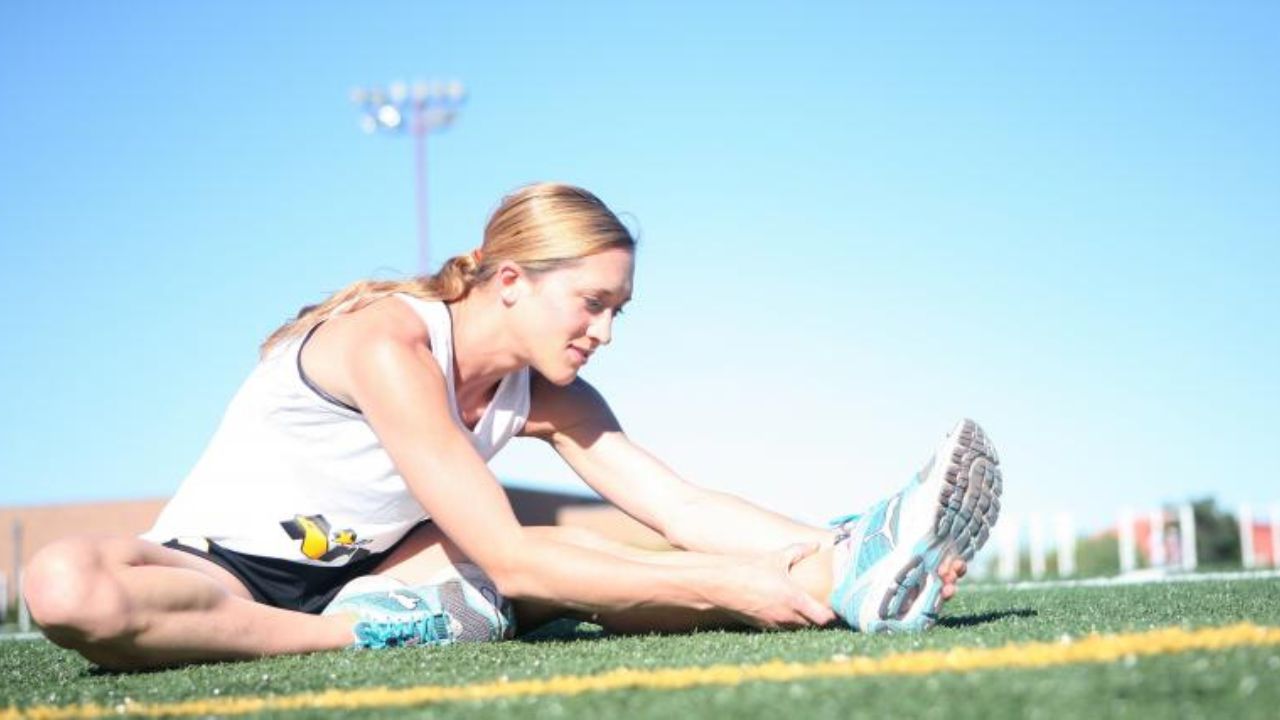
Hold this stretch for 20-30 seconds and repeat it a few times throughout the day to see improvements in your upper body posture.
Shoulder Stretch
You should regularly incorporate the shoulder stretch into your flexibility routine to improve your range of motion and prevent muscle tightness. The shoulder is a complex joint that requires proper mobility and flexibility to function optimally. By performing shoulder stretches, you can increase the range of motion in your shoulders, allowing for better movement and reducing the risk of injury.
Here are two sub-lists to help you understand the importance of the shoulder stretch:
Benefits of shoulder mobility:
Improved posture: Shoulder stretches can help correct rounded shoulders and promote a more upright posture.
Enhanced performance: Increased shoulder mobility can enhance your performance in activities like weightlifting, swimming, and throwing.
Techniques to improve shoulder flexibility:
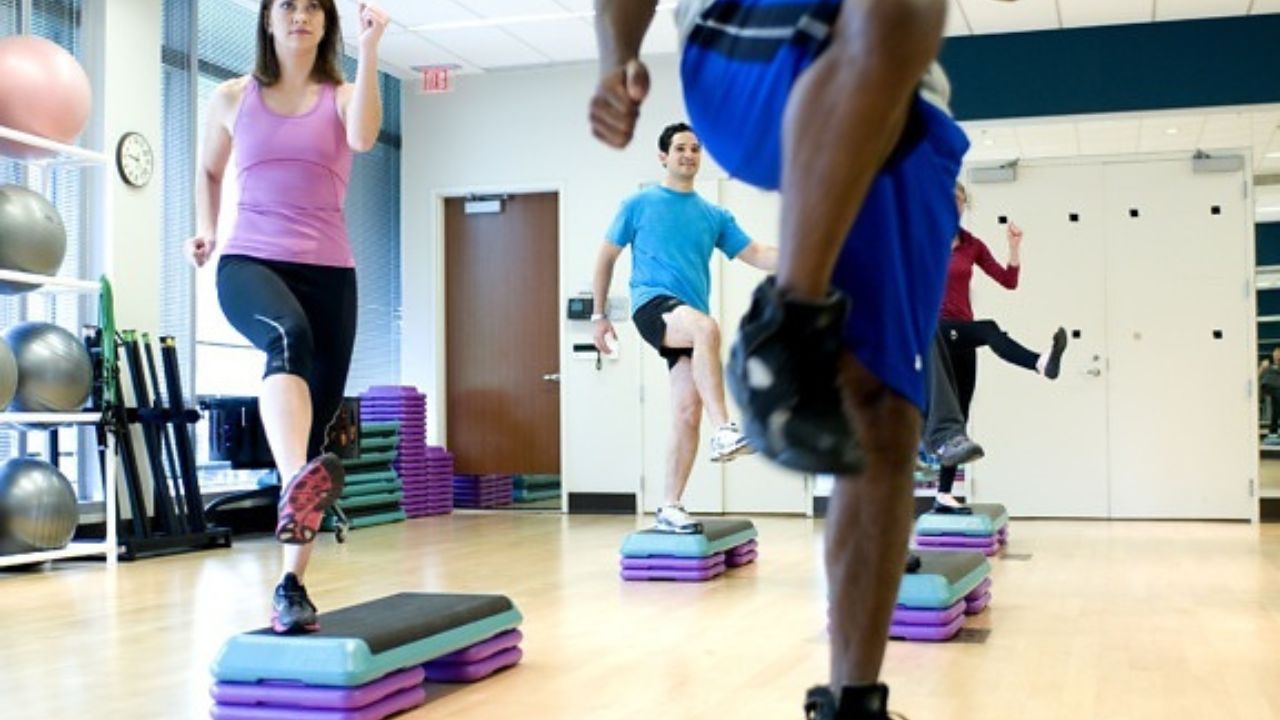
Arm circles: Stand with your feet shoulder-width apart and extend your arms out to the sides. Slowly rotate your arms in large circles, gradually increasing the range of motion.
Shoulder rolls: Stand tall and roll your shoulders forward in a circular motion, then reverse the direction. This exercise can help loosen up the muscles surrounding the shoulder joint.
Incorporating these shoulder stretches into your routine won't only improve your flexibility but also contribute to your overall freedom of movement.
Upper Back Stretch
To get the most out of your upper back stretch, it's important to focus on proper form. Make sure to keep your spine aligned and engage your core muscles to support your back.
This stretch can help improve your posture, relieve tension, and increase flexibility in your upper back and shoulders.
The proper form for an upper back stretch involves keeping your spine straight and your shoulders relaxed. This will help you maximize the benefits of the stretch and prevent any unnecessary strain or injuries.
Here are some common mistakes in stretching form and how to prevent injuries while stretching:
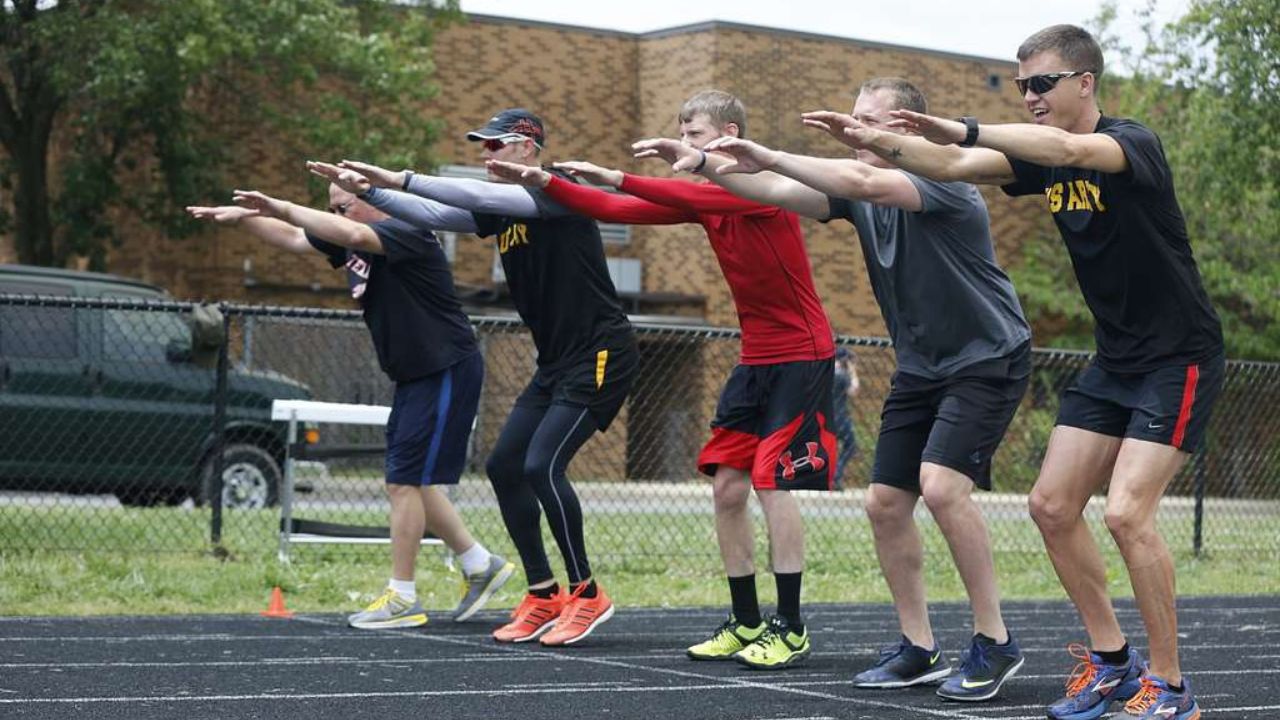
Common mistakes in stretching form:
Rounding your shoulders: Avoid hunching your shoulders forward as this can limit the effectiveness of the stretch.
Arching your back: Keep your spine straight and avoid excessive arching to prevent straining your lower back.
How to prevent injuries while stretching:
Warm up: Always warm up your muscles before stretching to increase blood flow and flexibility.
Start slow: Ease into the stretch and avoid bouncing or jerking movements to prevent muscle tears or strains.
Listen to your body: Pay attention to any pain or discomfort and modify the stretch if needed.
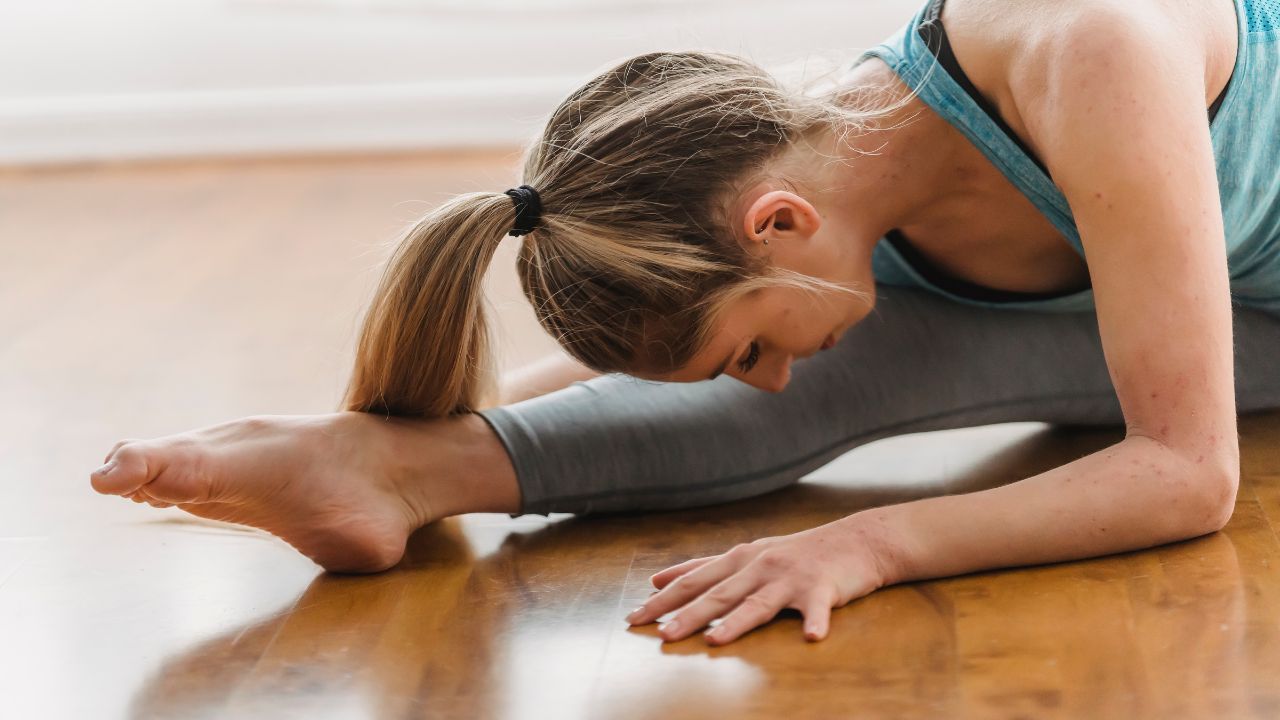
Benefits of Upper Back Stretch
One of the main benefits of performing an upper back stretch is that it can help alleviate tension and improve your posture. By stretching the muscles in your upper back, you can release built-up tension and tightness, which can lead to improved spinal mobility. This can help you move more freely and comfortably, allowing for a greater range of motion in your daily activities.
Additionally, an upper back stretch can also help reduce shoulder tension. Many people carry stress and tension in their shoulders, which can lead to discomfort and pain. By stretching the muscles in your upper back, you can relieve this tension and promote relaxation in your shoulders. This can help you feel more at ease and improve your overall well-being.
Lower Back Stretch
Don't forget to include the Lower Back Stretch in your routine for enhanced flexibility. Stretching your lower back is crucial for maintaining a healthy and flexible spine. Here are some discussion ideas on the importance of incorporating lower back stretches into your daily routine:
Preventing Lower Back Pain: Regular stretching exercises can help prevent lower back pain by increasing the flexibility and strength of the muscles supporting your spine. This can reduce the risk of muscle imbalances and strain on your lower back.
Enhancing Mobility: Including lower back stretches in your routine can improve the mobility of your spine, allowing you to move more freely and perform daily activities with ease.
IT Band Stretch
When it comes to improving your flexibility, an important stretch to incorporate into your routine is the IT Band Stretch. The IT band, or iliotibial band, is a thick band of connective tissue that runs along the outside of your thigh, from your hip to your knee. Stretching this band can help prevent IT band injuries and improve your overall flexibility.
One effective way to stretch your IT band is through foam rolling techniques. Using a foam roller, you can apply pressure to the IT band and roll back and forth to release any tension or tightness. This can help increase blood flow to the area and improve flexibility.
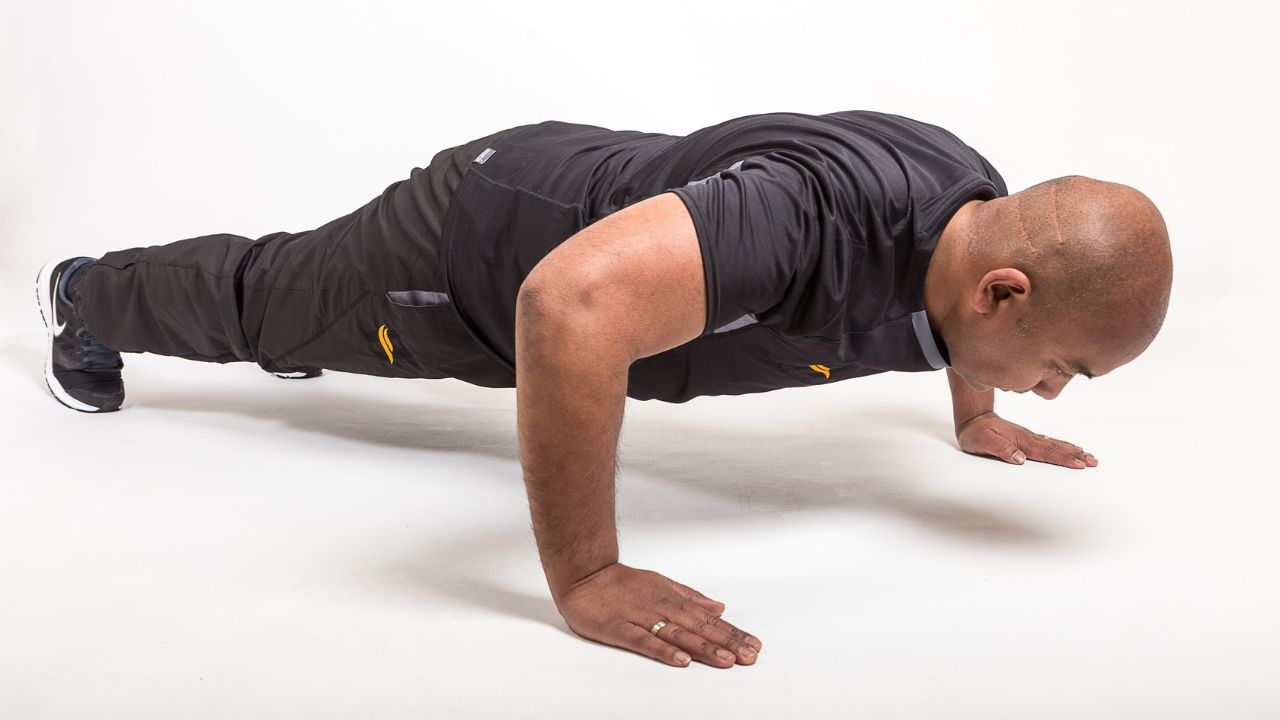
Incorporating IT band stretching and foam rolling into your routine can help you maintain a healthy and flexible body.
Groin Stretch
To enhance your flexibility, you can incorporate the groin stretch into your routine. This stretch targets the muscles in your hips and groin, helping to improve their flexibility and range of motion.
Here are some key techniques to help you get the most out of your groin stretch:
Start with a warm-up: Before attempting any stretches, it's important to warm up your muscles to prevent injury. You can do this by engaging in light cardio exercises or dynamic stretches.
Perform the butterfly stretch: Sit on the floor with the soles of your feet touching each other. Gently press your knees towards the floor, feeling a stretch in your groin area. Hold this position for 30 seconds to a minute, and repeat as needed.
Try the frog stretch: Get into a kneeling position with your knees wide apart and toes pointing outward. Slowly lower your hips towards the floor, feeling a stretch in your inner thighs. Hold for 30 seconds to a minute, and then release.
By incorporating these groin flexibility techniques into your routine, you can improve your overall flexibility and movement in your hip and groin muscles. Remember to listen to your body and only stretch to a comfortable level.
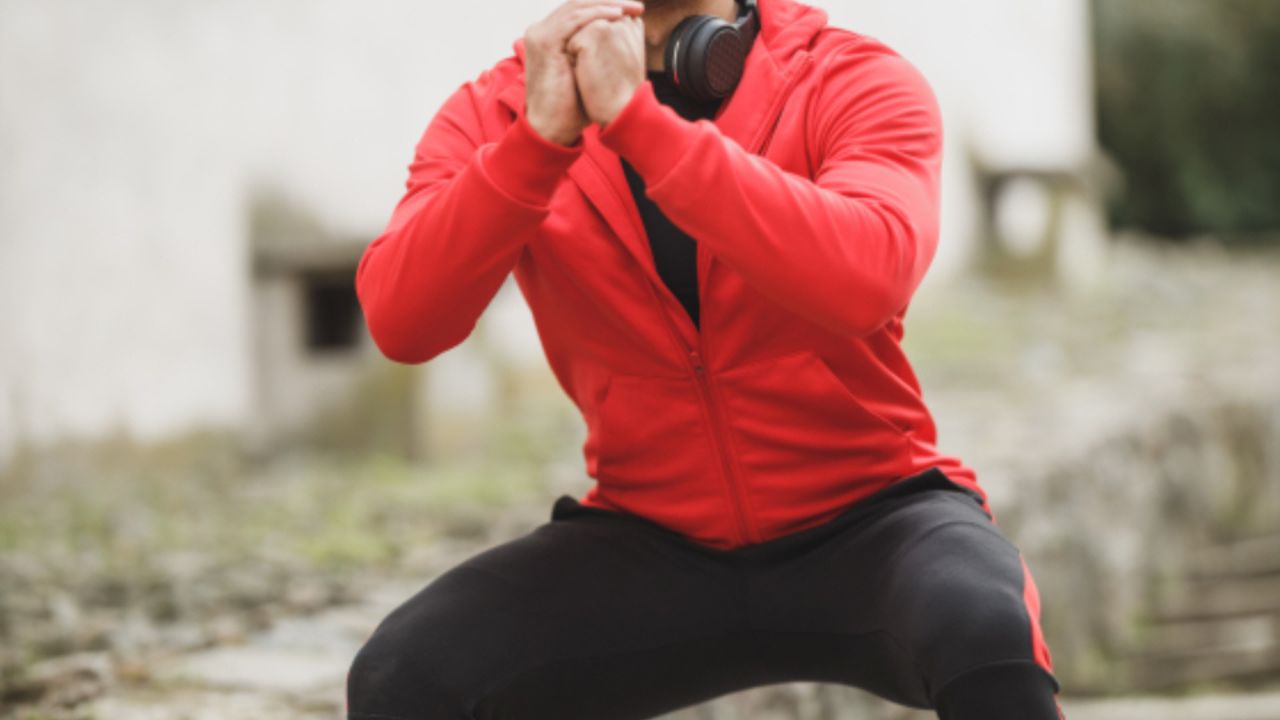
Enjoy the freedom of a flexible body!
Frequently Asked Questions
How Long Should Each Stretch Be Held for Maximum Benefit?
To maximize the benefits of your stretches and improve flexibility, it's important to hold each stretch for an adequate duration. Proper timing allows your muscles to relax and elongate, promoting greater freedom of movement.
Can These Stretches Be Modified for Beginners or Individuals With Limited Flexibility?
You'll be glad to know that these stretches can definitely be modified for beginners or those with limited flexibility. Flexibility training is all about finding what works best for you and gradually improving over time.
Before diving into the top 10 stretches, it's important to be aware of any precautions or contraindications. Listen to your body, avoid pain, and consult a professional if you have any concerns.
Should These Stretches Be Done Before or After a Workout?
Before or after a workout, proper warm-up is crucial. Incorporating stretching into your daily routine enhances flexibility, reduces the risk of injury, and improves performance. Take the time to prepare your body and enjoy the freedom of movement.
Are There Any Additional Exercises or Stretches That Can Be Done to Complement These Stretches for Improved Flexibility?
To enhance your flexibility, consider incorporating additional stretches and yoga poses into your routine. These exercises can complement the top 10 essential stretches and help improve your overall range of motion.
 Mobility trainingHome Fitness RecoverySports Injury PreventionPersonal Physical TherapyOrthopedic SolutionsPrivacy PolicyTerms And Conditions
Mobility trainingHome Fitness RecoverySports Injury PreventionPersonal Physical TherapyOrthopedic SolutionsPrivacy PolicyTerms And Conditions
